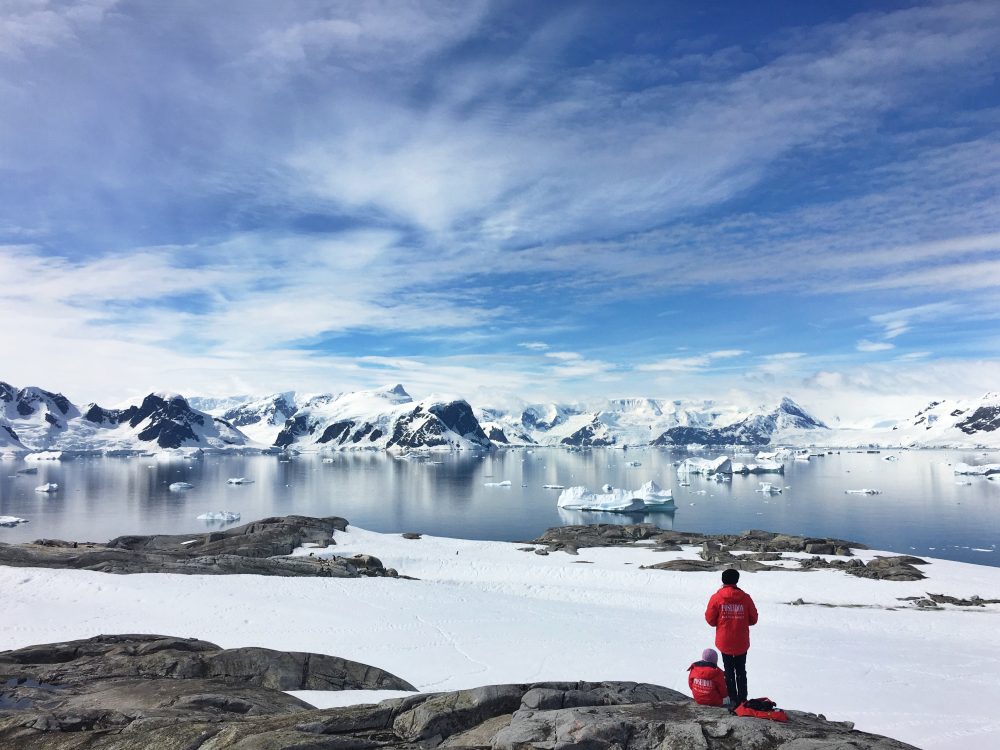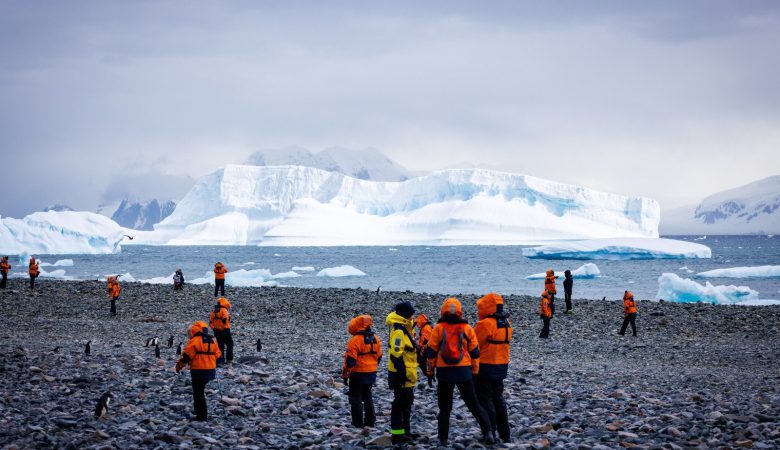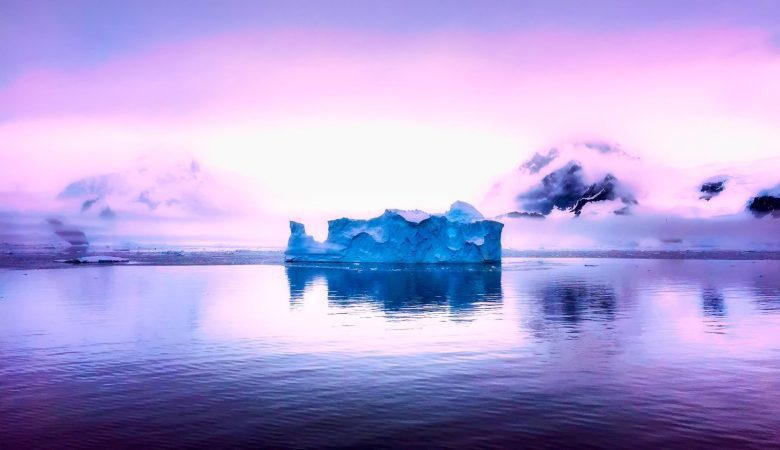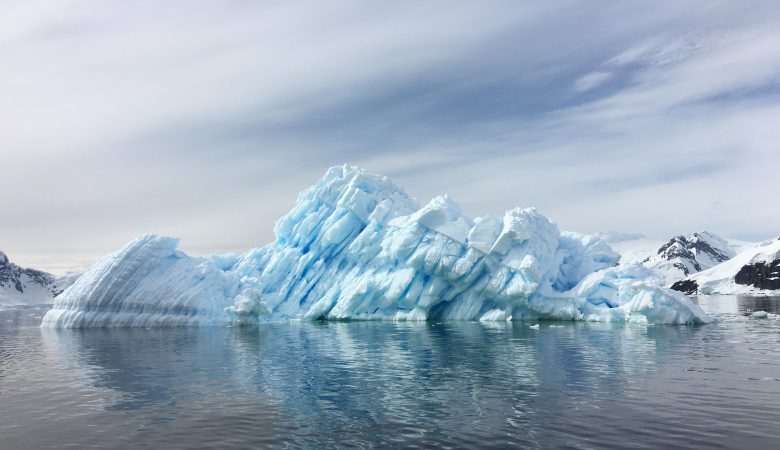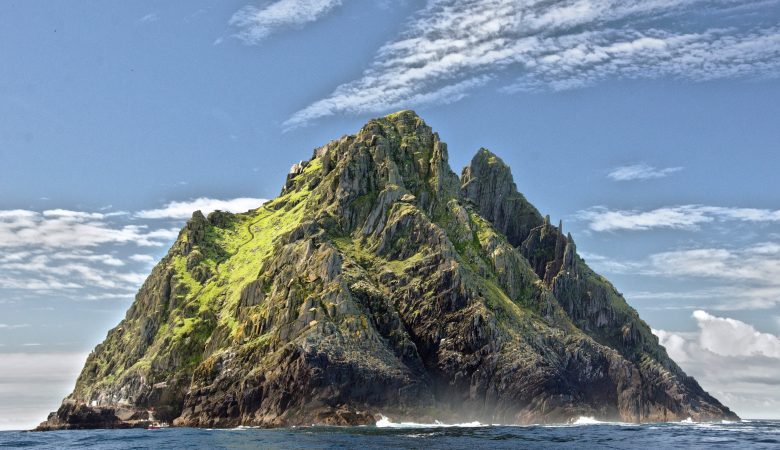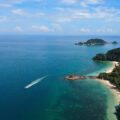Antarctica is a unique and mysterious continent, unlike any other place on Earth. From its towering glaciers to its playful penguins, this icy wonderland is home to some of the world’s most impressive natural wonders. But beyond its stunning landscapes and diverse wildlife, Antarctica remains one of the least explored regions on our planet. In this blog post, we’ll take you on a journey through this intriguing continent and uncover the hidden gems that make it such an unforgettable destination. Get ready to discover the wonders of Antarctica like never before!
A brief history of Antarctica
Antarctica has a rich history that dates back millions of years. Scientists believe that the continent was once connected to other landmasses, forming part of the supercontinent known as Gondwana. However, around 25 million years ago, tectonic plate movements caused Antarctica to break away and drift towards its current location at the bottom of the world.
For thousands of years, Antarctica remained largely untouched by human activity. It wasn’t until the late 18th century that explorers began venturing south in search of new territories and resources. One notable figure was Captain James Cook who sailed past Antarctica’s shores in 1773 but did not actually see it.
Over time, various expeditions were launched with greater success including Roald Amundsen who led an expedition which discovered South Pole on December 14th,1911.
Today, Antarctica remains one of the most fascinating regions on Earth for scientists and adventurers alike. With so much still left to discover about this remote and mysterious continent, there is no doubt that its history will continue to captivate us for many more generations to come!
The geography of Antarctica
Antarctica, the fifth-largest continent on Earth, is located at the southernmost point of our planet. It’s a polar region surrounded by the Southern Ocean and covered almost entirely by ice that averages 1 mile thick.
Despite being mostly uninhabitable, Antarctica has some fascinating geography worth exploring. The continent can be divided into two parts – West Antarctica and East Antarctica – separated by the Transantarctic Mountains that run across from coast to coast.
East Antarctica consists mainly of high plateau with an average altitude of over 3,000 meters above sea level. Here you’ll find Vostok Station, one of the coldest places in the world where temperatures reach as low as minus 128 degrees Fahrenheit!
West Antarctica is characterized by its rugged topography with glaciers flowing towards the sea in several directions. The Ross Ice Shelf, which covers an area larger than France, is one of many impressive features found here.
One unique geological feature worth mentioning is Mount Erebus – a majestic active volcano that towers over Ross Island at over 12,000 feet tall!
Antarctica’s seas are also home to countless icebergs created through calving events from surrounding glaciers and ice shelves.
The geography of this stunning continent leaves visitors feeling humbled and awestruck at nature’s beauty while reminding us how small we truly are compared to these natural wonders.
The wildlife of Antarctica
Antarctica is home to a diverse range of wildlife that has adapted to survive in one of the harshest environments on the planet. Penguins are perhaps the most well-known inhabitants, with several species including Adélie and emperor penguins calling Antarctica home.
In addition to penguins, visitors can also spot other bird species such as skuas and petrels. The Southern Ocean surrounding Antarctica is also teeming with life, including seals, whales and various species of fish.
One particularly interesting creature found in Antarctica is the Weddell seal. These seals have evolved unique adaptations such as an ability to dive deeper and stay underwater longer than any other mammal on Earth.
Another fascinating animal found in Antarctica is the colossal squid. This elusive creature was only discovered relatively recently thanks to advances in technology that allowed deep-sea exploration.
Visiting Antarctica offers a unique opportunity for nature lovers to witness some truly remarkable wildlife up close. However, it’s important for visitors to remember that they are guests in these animals’ habitats and should always respect their space and natural behaviors.
The climate of Antarctica
Antarctica is known for having the coldest and driest climate on earth. The temperature can drop to as low as -129°F (-89°C) making it difficult to survive without proper gear and preparation.
The continent also experiences extreme winds, with recorded gusts up to 199 mph (320 km/h). These strong winds, combined with the cold temperatures, result in a wind chill factor that makes it feel even colder than it already is.
Due to its location at the Earth’s southern pole, Antarctica experiences long periods of daylight during summer and long periods of darkness during winter. During the summer months, there can be up to 24 hours of sunlight per day while in winter there can be no sunlight at all.
Despite being one of the driest places on earth, Antarctica still holds around 70% of the world’s freshwater reserves in its ice caps. Unfortunately, due to global warming caused by human activity, these ice caps are melting rapidly leading to rising sea levels which could affect coastal cities around the world.
Visiting Antarctica requires careful planning and preparation due to its extreme climate conditions. However, experiencing such a unique environment firsthand is truly an unforgettable experience for those brave enough to venture there.
The people of Antarctica
Antarctica is a continent with no native population, but it is home to various research stations and facilities operated by different countries. These people of Antarctica come from all over the world and work in various capacities.
The living conditions are challenging, with extreme cold temperatures, isolation, and limited resources. The researchers may spend months or even years away from their families to conduct experiments on climate change or study the behavior of penguins.
Despite these harsh living conditions, some people find the experience rewarding as they get to live in one of the most remote and pristine regions on Earth. They also get to witness unique events such as the aurora australis (southern lights) and participate in fieldwork that could contribute to our understanding of our planet’s history.
The Antarctic Treaty System ensures that these scientific expeditions are conducted peacefully without any territorial claims or military activity. This international cooperation allows scientists from different countries to collaborate freely in conducting their research for scientific advancement.
While Antarctica has no permanent residents like other continents, it attracts researchers who value exploration and discovery more than anything else.
What to see and do in Antarctica
Antarctica may be one of the most remote and inhospitable places on Earth, but it is also a place of great wonder and beauty. From the stunning glaciers to the incredible wildlife, there’s always something new to discover.
If you’re planning a trip to Antarctica, here are some of the things you simply must see and do:
– Go kayaking: Paddle through icy waters while getting up close with whales, seals, penguins and other marine life.
– Visit research stations: Learn about scientific work being done in Antarctica by visiting research stations like Palmer Station or McMurdo Station.
– Take a polar plunge: Jump into freezing water for an unforgettable experience that you’ll never forget.
– Whale watching: Spot humpback whales as they feed on krill near the surface; it’s an amazing sight!
– Hiking on glaciers: Trek across ancient ice formations while taking in breathtaking views of mountains ranges in the distance.
With so much natural beauty waiting to be explored in Antarctica, there’s no better time than now to start planning your adventure! Whether you want to explore by ship or plane we guarantee this will be one journey that stays with you forever.

